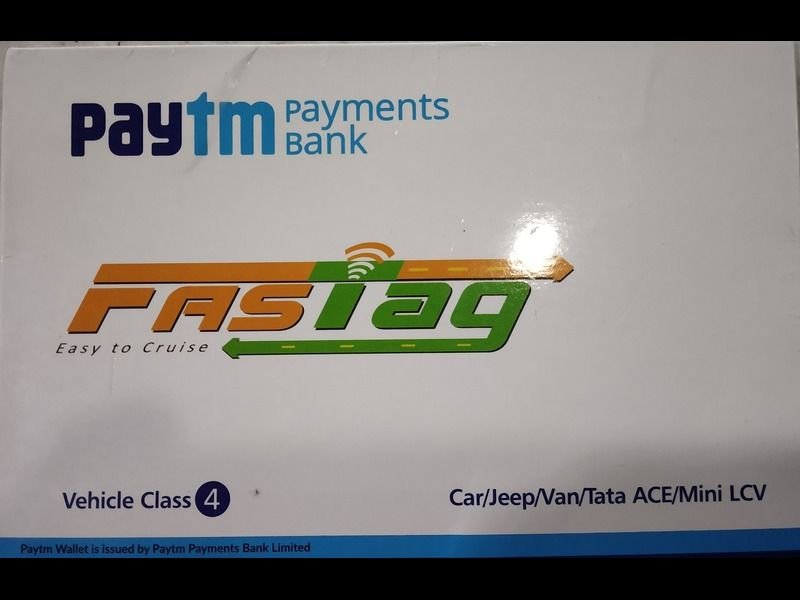The National Highway Authority of India (NHAI) has removed Paytm Bank from its list of authorized banks for FASTag services. FASTag is an electronic toll collection system that uses Radio Frequency Identification (RFID) technology to deduct toll charges directly from the linked bank accounts. Paytm Bank, a subsidiary of One 97 Communications, is one of the leading issuers of FASTag in India with around 30% market share and more than eight crore users.
RBI’s action against Paytm Bank
The decision by NHAI comes after the Reserve Bank of India (RBI) took action against Paytm Bank for allegedly violating know-your-customer (KYC) norms and onboarding norms. RBI ordered Paytm Bank to stop accepting fresh deposits in its accounts and wallets from March 2024. RBI governor Shaktikanta Das said that the banking regulator gave ample time to Paytm Bank to comply with the regulations and imposed business restrictions only when the entity did not listen to constructive engagement.
“We give sufficient time to every RE (regulated entity) to comply with the requirements. Sometimes it may look more than sufficient. We are a responsible regulator. If everything has been complied with, then why should we act,” Das said in RBI’s post-policy press conference.
“Our emphasis is always on bilateral engagement with RE. We focus on nudging the RE to take corrective action and sufficient time is given,” Das said, adding that “when constructive engagement does not work, we go for imposing business restrictions. Such restrictions are proportional to the gravity of the situation.”
Impact on Paytm Bank FASTag users
Paytm users who have FASTag linked to their accounts will not be able to recharge or top-up their balances from March 2024. They will also have to get fresh FASTags from other authorized banks to avoid any inconvenience at toll plazas. NHAI has advised Paytm Bank FASTag users to get new FASTags from 32 other authorized banks, such as Airtel Payments Bank, HDFC Bank, ICICI Bank, State Bank of India, and Yes Bank, among others.
A Paytm spokesperson said that the Paytm app remains fully operational and its services are unaffected. The spokesperson also said that Paytm Bank is working closely with RBI to resolve the issues and restore normal operations as soon as possible.
Conclusion
The removal of Paytm Bank from the list of authorized banks for FASTag services is a setback for the digital payments company that has been expanding its financial services portfolio. The move also affects millions of Paytm FASTag users who will have to switch to other banks for hassle-free toll payments. The RBI’s action against Paytm Bank highlights the importance of compliance and regulation in the fast-growing fintech sector.
Recent Blog : Defence Acquisition Council Approves Rs 84,560 Cr Proposals
